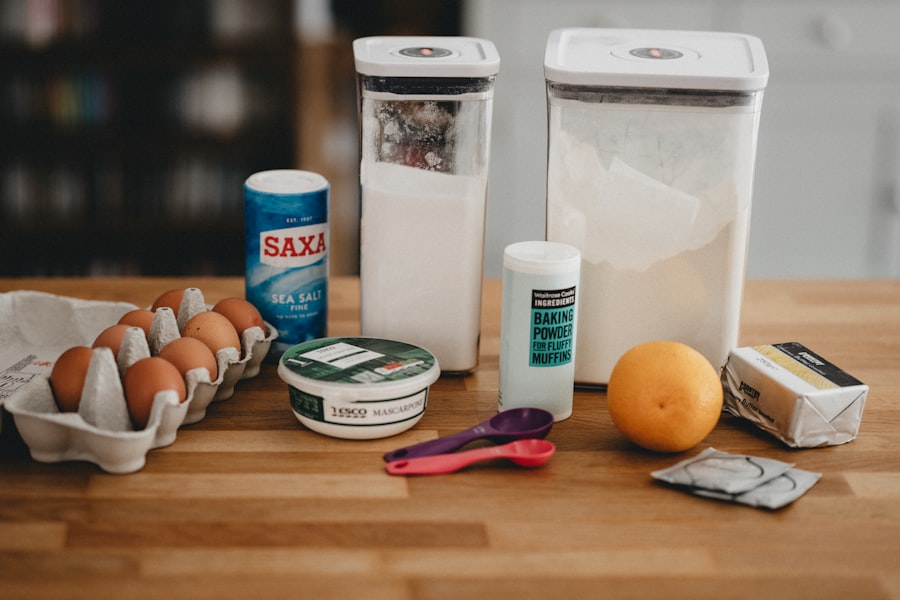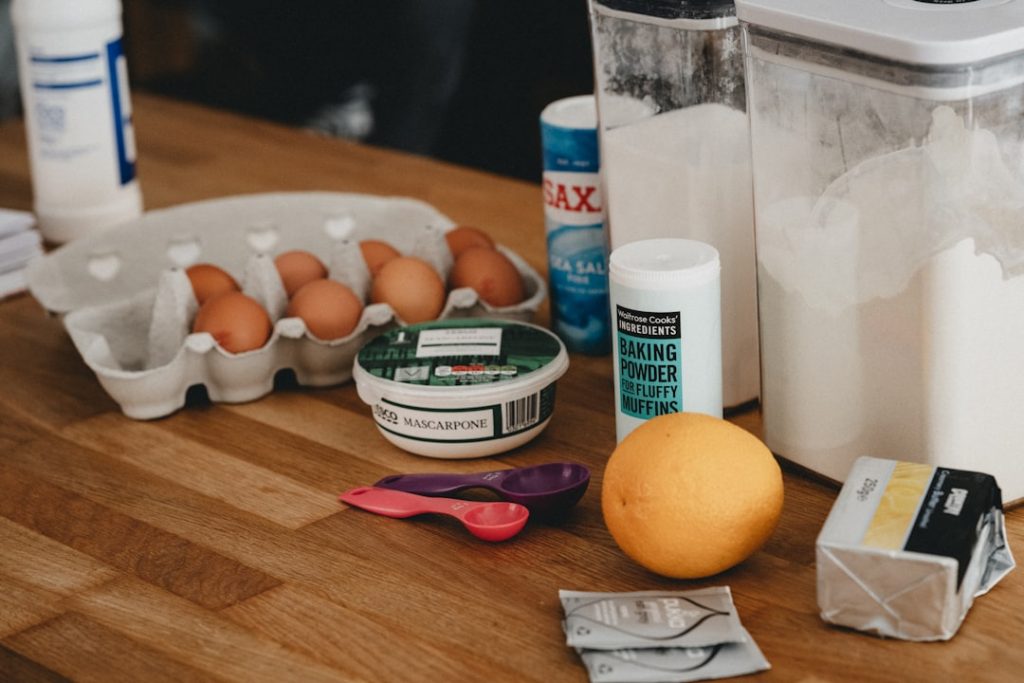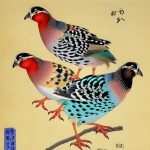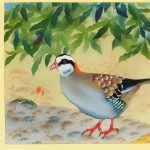Japanese quail, also known as Coturnix quail, are small game birds that are popular for their meat and eggs. They are relatively easy to breed and can be a great addition to a small farm or homestead. Japanese quail are known for their fast growth and high egg production, making them a profitable option for those looking to start a quail breeding operation.
Breeding Japanese quail can be a rewarding experience, but it does require some knowledge and preparation. In this article, we will explore the process of breeding Japanese quail, from selecting breeding stock to caring for quail chicks. We will also discuss housing and equipment needs, the breeding and incubation process, as well as health and disease management. By the end of this article, you will have a comprehensive understanding of what it takes to successfully breed Japanese quail and potentially market their products.
Table of Contents
- 1 Selecting Breeding Stock
- 2 Housing and Equipment for Breeding Quail
- 3 Breeding and Incubation Process
- 4 Caring for Quail Chicks
- 5 Health and Disease Management in Breeding Quail
- 6 Selling and Marketing Quail Products
- 7 FAQs
- 7.1 What is Japanese quail breeding?
- 7.2 What are the basic requirements for breeding Japanese quail?
- 7.3 What is the ideal housing for breeding Japanese quail?
- 7.4 What do Japanese quail eat and how is their nutrition managed during breeding?
- 7.5 What are the key considerations for successful breeding of Japanese quail?
- 7.6 How long does it take for Japanese quail to reach breeding age?
- 7.7 What are some common health issues to watch out for when breeding Japanese quail?
- 7.8 What are the potential benefits of breeding Japanese quail?
Key Takeaways
- Japanese quail breeding is a popular and profitable venture for many farmers and homesteaders.
- Selecting breeding stock with desirable traits such as high egg production and good health is crucial for successful quail breeding.
- Proper housing and equipment, including cages, feeders, and waterers, are essential for maintaining a healthy breeding environment for quail.
- The breeding and incubation process involves providing the right conditions for egg laying, collecting and storing eggs, and using an incubator to hatch the eggs.
- Caring for quail chicks involves providing warmth, proper nutrition, and a clean environment to ensure their healthy growth and development.
- Health and disease management in breeding quail requires regular monitoring, proper sanitation, and prompt treatment of any illnesses or infections.
- Selling and marketing quail products can be done through local markets, online platforms, and direct sales to restaurants and consumers.
Selecting Breeding Stock
When starting a Japanese quail breeding operation, it is crucial to select the right breeding stock. Look for healthy, active birds with good body conformation and strong legs. It is also important to consider the age of the birds, as younger birds are more likely to be productive breeders. When selecting breeding stock, it is best to choose birds from different bloodlines to avoid inbreeding and maintain genetic diversity.
In addition to physical characteristics, it is important to consider the birds’ temperament and behavior. Look for birds that are calm and not overly aggressive, as this can lead to problems in the breeding environment. Finally, consider the birds’ egg production and fertility rates. Choose birds that have a history of good egg production and fertility to ensure a successful breeding program.
Housing and Equipment for Breeding Quail
Proper housing and equipment are essential for successful Japanese quail breeding. Quail can be housed in a variety of structures, including cages, hutches, or aviaries. The housing should provide protection from predators and the elements while allowing for good ventilation. It is important to provide enough space for the quail to move around and engage in natural behaviors such as dust bathing.
When it comes to equipment, you will need feeders and waterers designed specifically for quail, as well as nesting boxes for egg-laying. The nesting boxes should be filled with clean bedding material such as straw or wood shavings to provide a comfortable environment for the quail to lay their eggs. Additionally, you will need a reliable source of heat, especially during the colder months, to ensure the quail stay warm and healthy.
Breeding and Incubation Process
The breeding and incubation process is a crucial aspect of Japanese quail breeding. To encourage breeding, provide a balanced diet that includes high-quality feed with adequate protein levels. Ensure that the lighting in the breeding area mimics natural daylight patterns to stimulate reproductive behavior in the quail.
Once the eggs are laid, they can either be left with the breeding stock for natural incubation or collected and placed in an artificial incubator. If using an incubator, it is important to maintain proper temperature and humidity levels throughout the incubation period. The eggs should be turned several times a day to prevent the embryos from sticking to the shell membrane.
After approximately 17 days of incubation, the eggs will start to hatch. It is important to monitor the hatching process closely and provide assistance if necessary. Once the chicks have hatched, they should be moved to a brooder with a heat source and provided with a high-quality starter feed.
Caring for Quail Chicks
Caring for quail chicks is essential for their health and development. In the first few weeks of life, quail chicks are vulnerable and require special care. Keep them in a brooder with a constant source of heat, such as a heat lamp or heating pad, to maintain their body temperature. Provide them with clean water and starter feed formulated specifically for young quail.
It is important to monitor the chicks closely for any signs of illness or distress. Keep their living area clean and free of drafts to prevent respiratory issues. As they grow, gradually reduce the temperature in the brooder to acclimate them to room temperature. Once they are fully feathered, they can be moved to a larger housing area with other quail.
Health and Disease Management in Breeding Quail

Maintaining the health of your breeding quail is essential for a successful operation. Regularly inspect your birds for signs of illness or injury, and promptly address any issues that arise. Provide a clean living environment with good ventilation to prevent respiratory problems. Additionally, practice good biosecurity measures to prevent the spread of disease within your flock.
It is also important to have a working relationship with a veterinarian who is knowledgeable about quail health. They can provide guidance on vaccination protocols and treatment options for common quail diseases. Finally, educate yourself about common health issues in quail and how to prevent them through proper nutrition and management practices.
Selling and Marketing Quail Products
Once you have successfully bred Japanese quail and have a surplus of eggs or meat, you may consider selling your products. There is a growing market for quail eggs and meat due to their unique flavor and nutritional benefits. Consider selling your products at local farmers’ markets, through online platforms, or directly to restaurants and specialty food stores.
When marketing your quail products, emphasize their high quality and freshness. Highlight the benefits of quail eggs and meat, such as their high protein content and unique flavor profile. Consider offering specialty products such as pickled quail eggs or marinated quail meat to attract customers looking for unique culinary experiences.
In conclusion, breeding Japanese quail can be a rewarding endeavor that offers both personal satisfaction and potential financial gain. By carefully selecting breeding stock, providing proper housing and equipment, managing the breeding and incubation process, caring for quail chicks, maintaining their health, and effectively marketing their products, you can build a successful quail breeding operation. With dedication and attention to detail, you can enjoy the benefits of raising these fascinating birds while providing high-quality products to consumers.
If you’re interested in breeding Japanese quail, you may also want to consider the housing options for your birds. Poultry Wizard offers a helpful article on A-frame chicken coops, which can be a suitable choice for quail as well. Check out their article on A-frame chicken coops to learn more about this practical and space-efficient housing solution for your quail breeding operation.
FAQs
What is Japanese quail breeding?
Japanese quail breeding refers to the process of raising and reproducing Japanese quail for commercial or personal purposes. This can include breeding for meat, eggs, or as pets.
What are the basic requirements for breeding Japanese quail?
Basic requirements for breeding Japanese quail include suitable housing, proper nutrition, appropriate temperature and lighting, and a breeding stock of healthy quail.
What is the ideal housing for breeding Japanese quail?
The ideal housing for breeding Japanese quail is a well-ventilated, predator-proof enclosure with nesting boxes, perches, and adequate space for the quail to move around. The enclosure should also provide protection from extreme weather conditions.
What do Japanese quail eat and how is their nutrition managed during breeding?
Japanese quail are omnivorous and their diet typically consists of commercial quail feed, supplemented with fresh greens, grains, and protein sources such as mealworms or small insects. During breeding, it is important to provide a balanced diet to ensure optimal reproductive health and egg production.
What are the key considerations for successful breeding of Japanese quail?
Key considerations for successful breeding of Japanese quail include maintaining proper lighting and temperature conditions, providing a balanced diet, managing breeding ratios, and ensuring the overall health and well-being of the quail.
How long does it take for Japanese quail to reach breeding age?
Japanese quail typically reach breeding age at around 6-8 weeks old, although this can vary depending on the specific breed and individual development.
What are some common health issues to watch out for when breeding Japanese quail?
Common health issues to watch out for when breeding Japanese quail include respiratory infections, parasites, and reproductive disorders. It is important to monitor the quail closely and seek veterinary care if any health concerns arise.
What are the potential benefits of breeding Japanese quail?
The potential benefits of breeding Japanese quail include a sustainable source of meat and eggs, potential for commercial production and sale, and the enjoyment of raising and caring for these unique birds.
Meet Walter, the feathered-friend fanatic of Florida! Nestled in the sunshine state, Walter struts through life with his feathered companions, clucking his way to happiness. With a coop that’s fancier than a five-star hotel, he’s the Don Juan of the chicken world. When he’s not teaching his hens to do the cha-cha, you’ll find him in a heated debate with his prized rooster, Sir Clucks-a-Lot. Walter’s poultry passion is no yolk; he’s the sunny-side-up guy you never knew you needed in your flock of friends!







